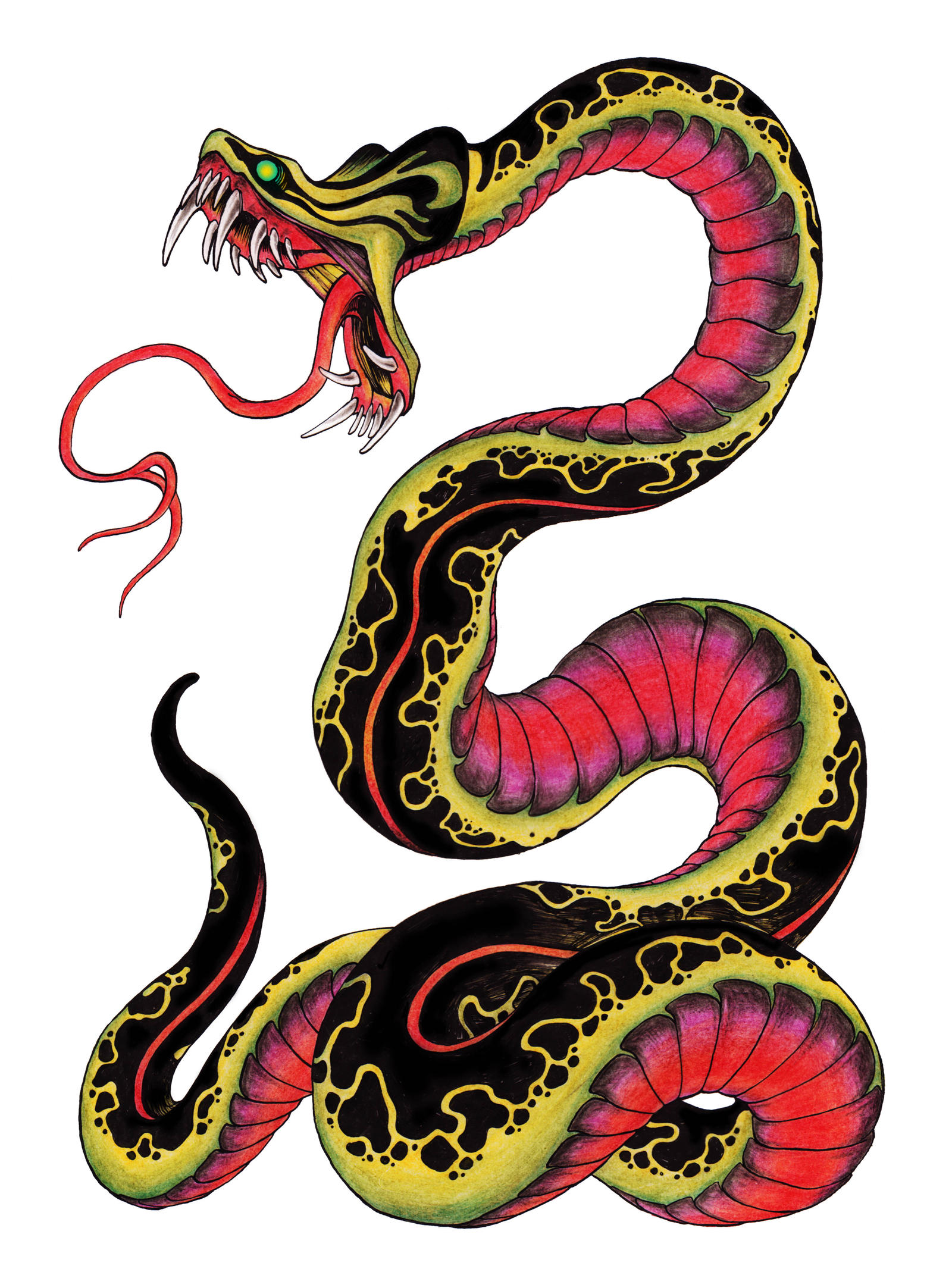
Introduction to Snake Design

Snake design is a popular and versatile pattern that is often used in various fields, including fashion, art, and interior design. The distinctive shape and texture of snakes have inspired designers to incorporate snake motifs into their creations, adding a touch of elegance, mystique, and sophistication.
Snake design can be seen in various forms, such as snake prints, snake scales, and snake-inspired jewelry. This article will delve deeper into the fascinating world of snake design, exploring its origins, symbolism, and the different ways it can be incorporated into various design elements.
The Origins of Snake Design

The use of snake design can be traced back to ancient civilizations, where snakes held significant symbolic meanings. In ancient Egyptian culture, snakes were associated with protection and rebirth. The ouroboros, a snake biting its own tail, symbolized the eternal cycle of life and death.
In Greek mythology, snakes were linked to healing and transformation. The staff of Asclepius, a Greek god associated with medicine, featured a snake coiled around it. This symbol is still used today as a representation of the medical profession.
Snakes also hold religious and spiritual significance in many cultures. In Hinduism, snakes are associated with divine energy and represent the Kundalini, the primal energy coiled at the base of the spine. In some Native American tribes, snakes symbolize fertility, wisdom, and protection.
The Symbolism of Snakes in Design
Snakes are often associated with various symbolic meanings that can be incorporated into design elements. The snake's ability to shed its skin and renew itself represents transformation and rebirth. This symbolism makes snake design popular in fashion, as it can evoke a sense of change and reinvention.
The sinuous and undulating movements of snakes are also associated with sensuality and seduction. Snake-inspired jewelry, with its twisting and intertwining designs, can add a touch of allure and elegance to any outfit.
Furthermore, snakes are often seen as guardians and protectors. The scales of a snake, with their unique patterns, have inspired designers to create intricate and captivating textures in various design fields. This symbolism can be incorporated into architectural elements, textiles, and even graphic design.
Incorporating Snake Design into Fashion
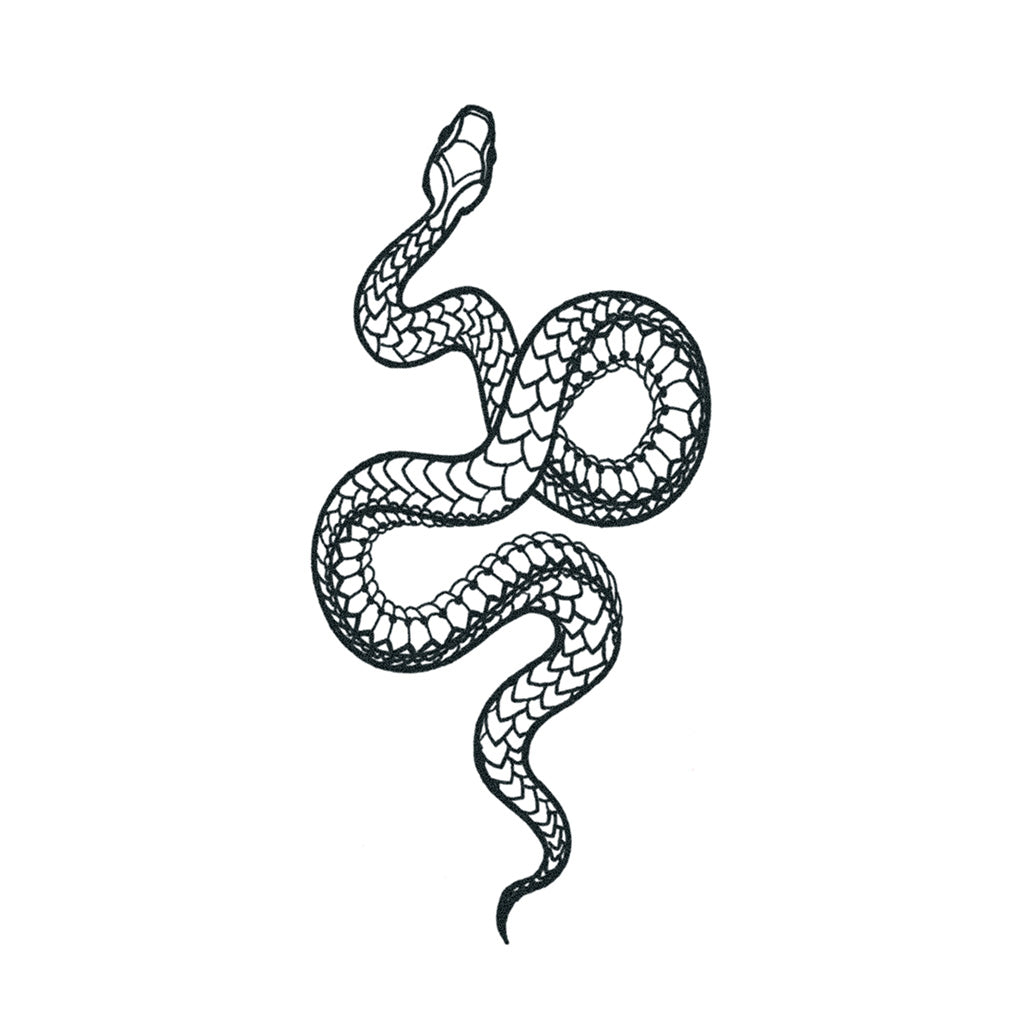
Snake design has long been a staple in the fashion industry. Snake prints, with their bold and eye-catching patterns, can add a touch of exoticism to clothing and accessories. From snake-print dresses and handbags to snake-inspired shoes, this design element has become a fashion statement.
Snake-inspired jewelry is another way to incorporate this design into fashion. Snake rings, bracelets, and necklaces can add a touch of edginess and uniqueness to any outfit. The twisting and coiling shapes of snake-inspired jewelry create an intriguing and captivating aesthetic.
For those who prefer a more subtle approach, snake design can be incorporated into accessories such as belts, scarves, and even nail art. The versatility of snake design allows fashion enthusiasts to experiment and express their personal style in various ways.
Snake Design in Interior Decoration
Snake design has also made its way into interior decoration, adding a touch of elegance and sophistication to living spaces. Snake-printed wallpapers, with their intricate patterns and textures, can create a bold and captivating focal point in any room.
Snake-inspired furniture and home accessories can also elevate the overall aesthetic of a space. From snake-shaped table lamps to serpentine-inspired chairs, these design elements can add a touch of whimsy and intrigue to any interior.
Furthermore, snake design can be incorporated into decorative elements such as cushions, rugs, and curtains. The sinuous lines and patterns of snakes can create a sense of movement and dynamism, adding visual interest to any room.
The Future of Snake Design
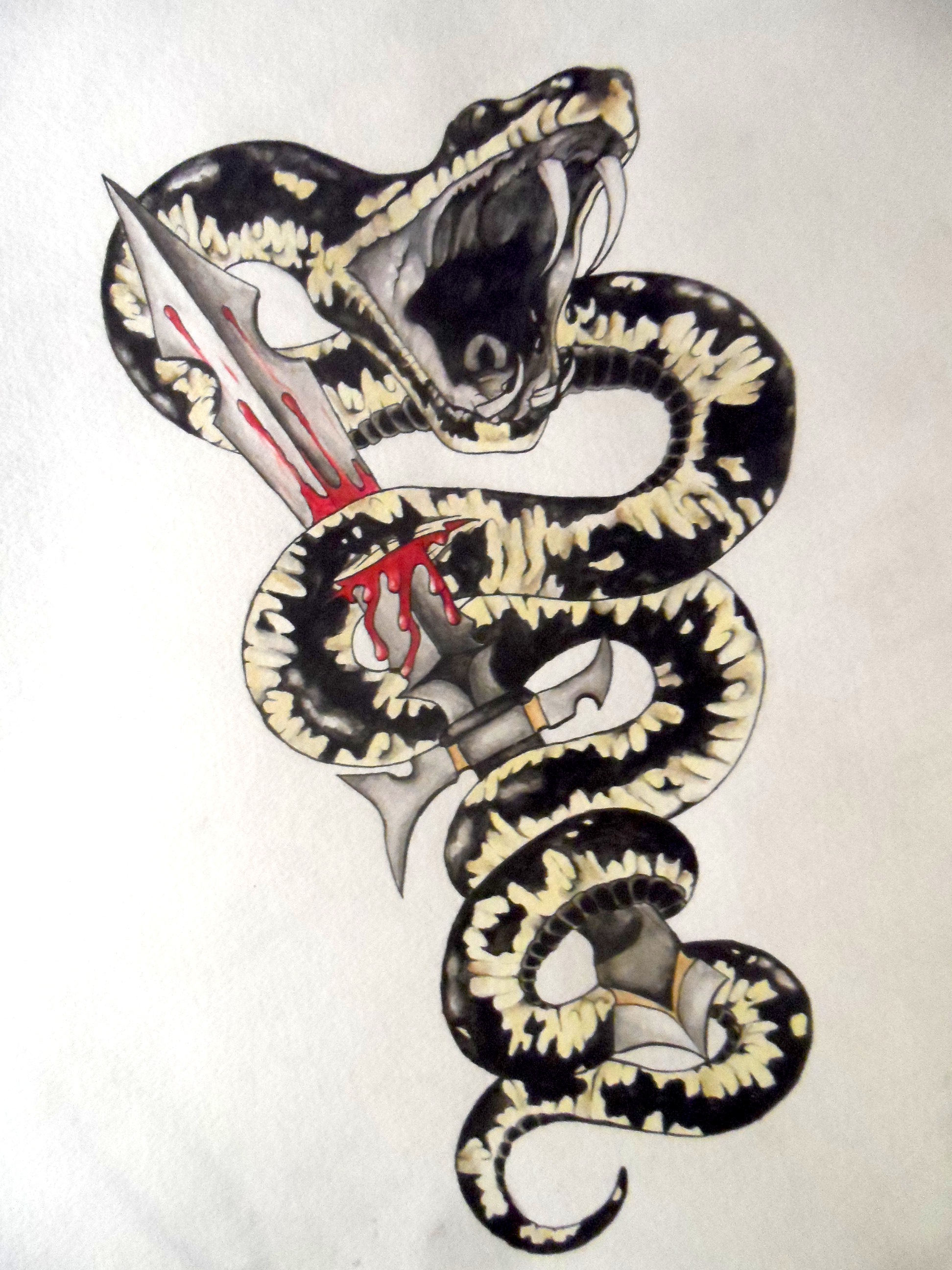
Snake design continues to evolve and inspire designers in various fields. With advancements in technology, designers have more tools at their disposal to create intricate and realistic snake-inspired textures and patterns.
As sustainability and ethical design become increasingly important, faux snake prints and materials are gaining popularity. These eco-friendly alternatives allow designers to incorporate snake design without harming or exploiting animals.
In conclusion, snake design is a versatile and captivating design element that can be incorporated into various fields, including fashion, art, and interior decoration. The symbolism and aesthetic appeal of snakes make them a popular choice among designers, adding a touch of elegance, allure, and intrigue to their creations.